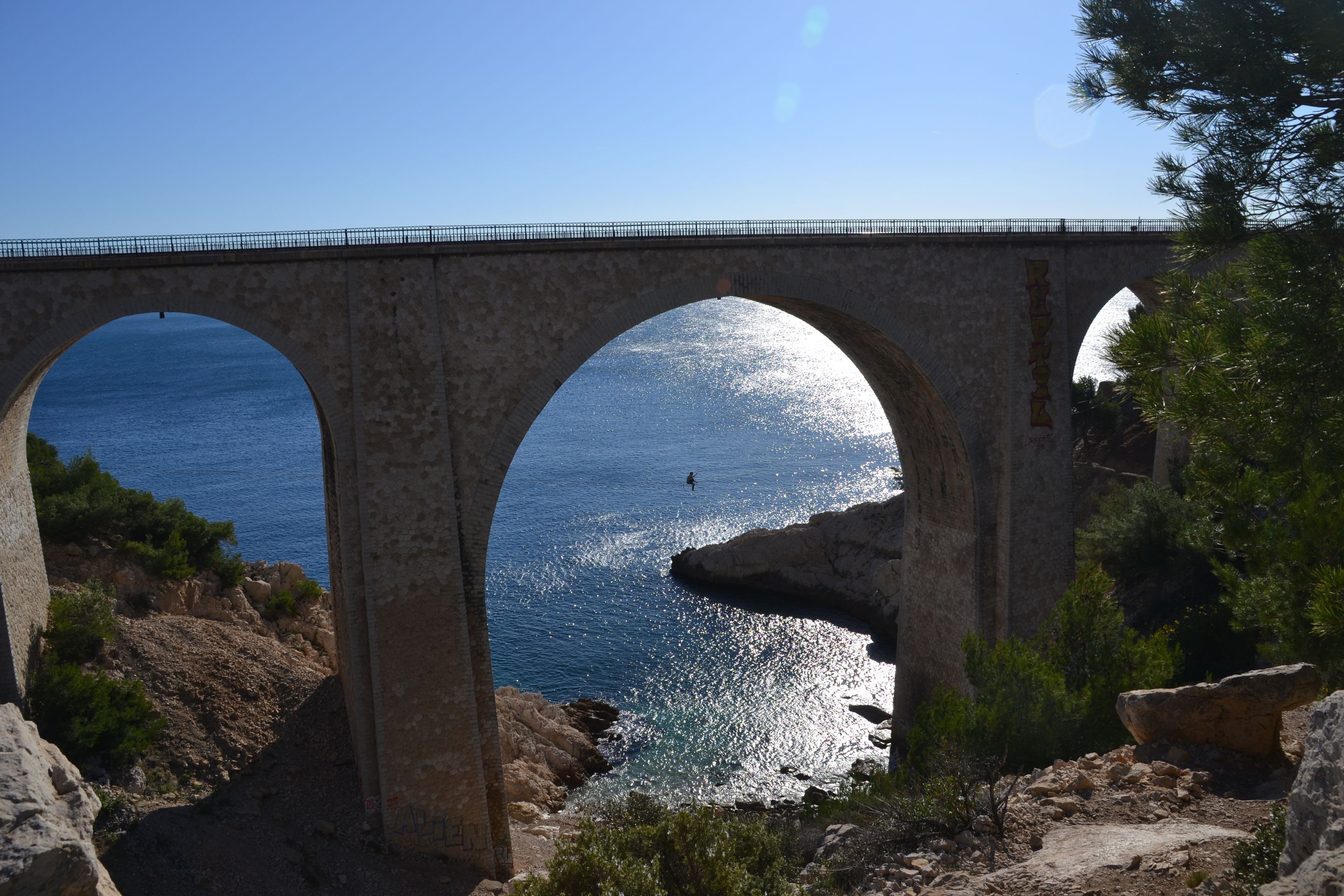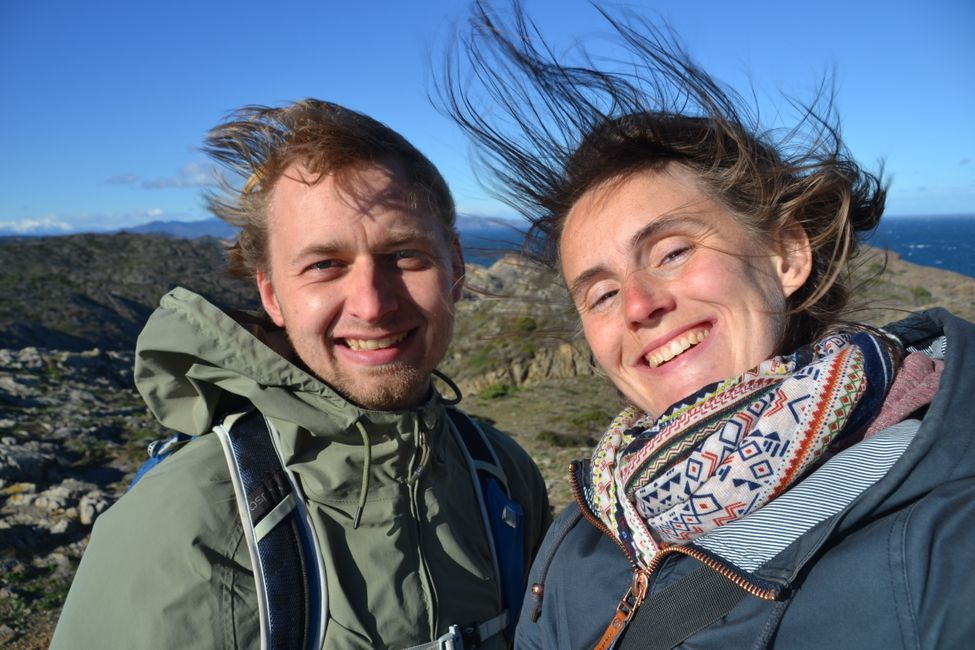#97 Parkstraße, Schlossallee and once around Go
بڵاوکراوەتەوە: 31.03.2022
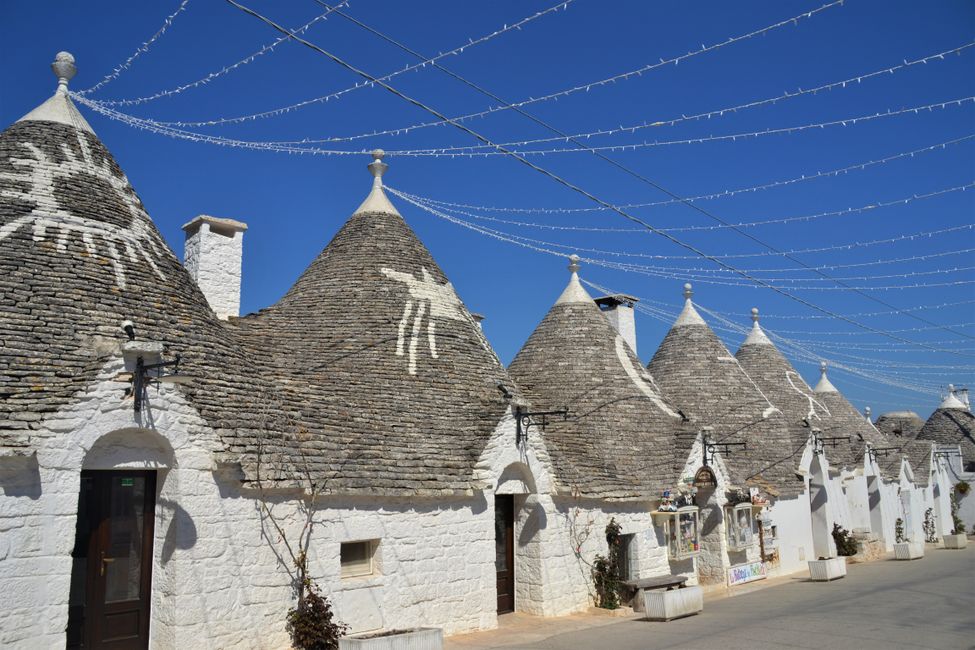
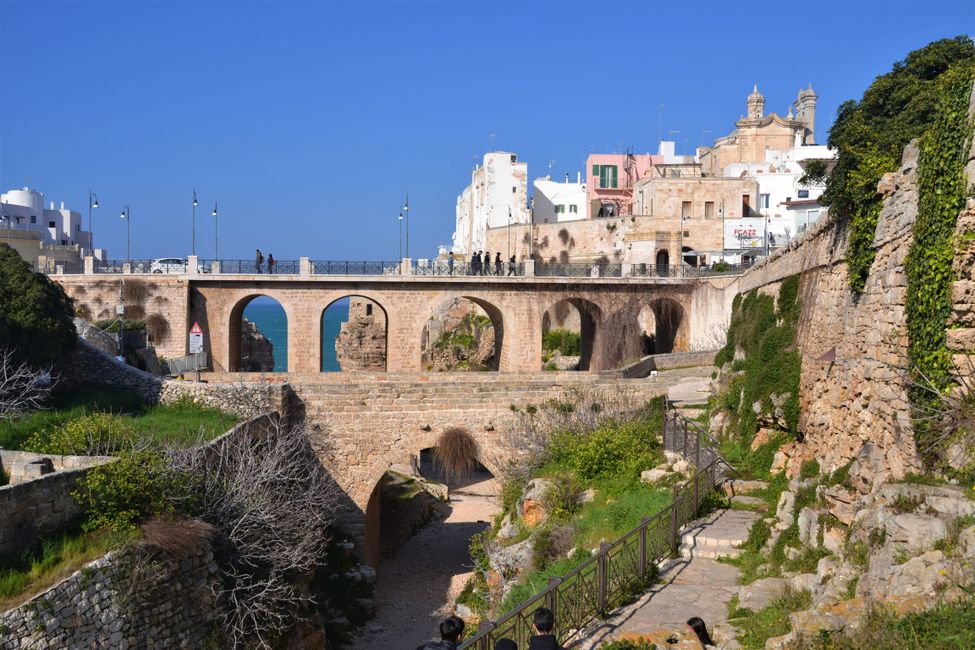
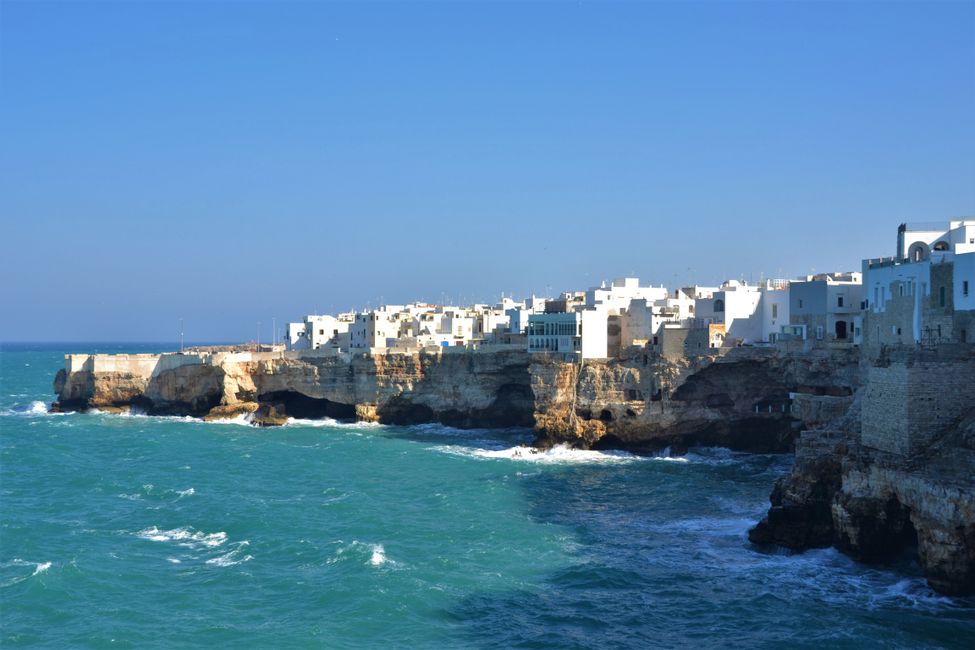
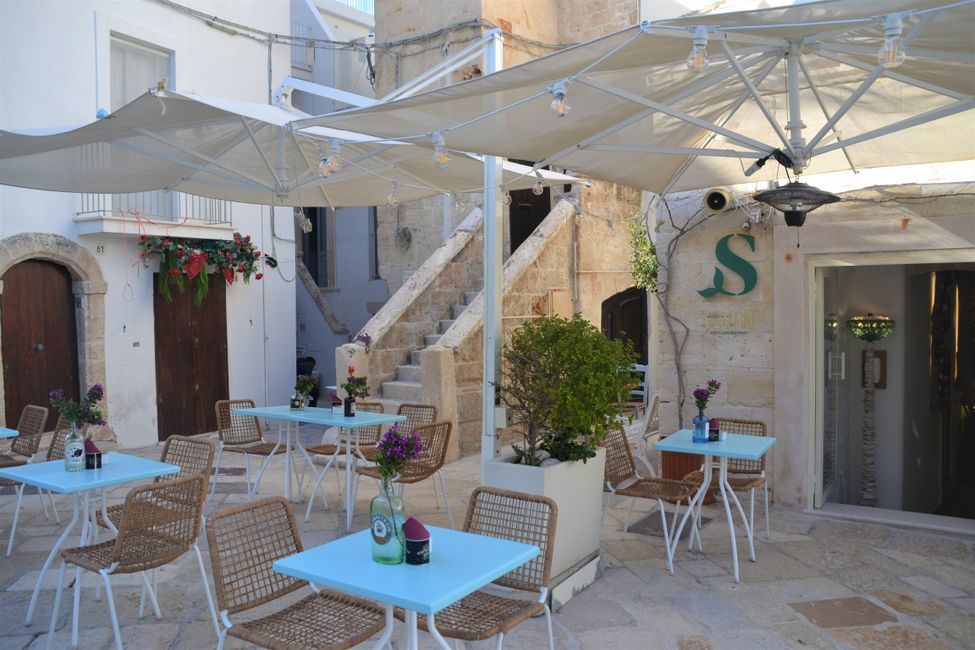
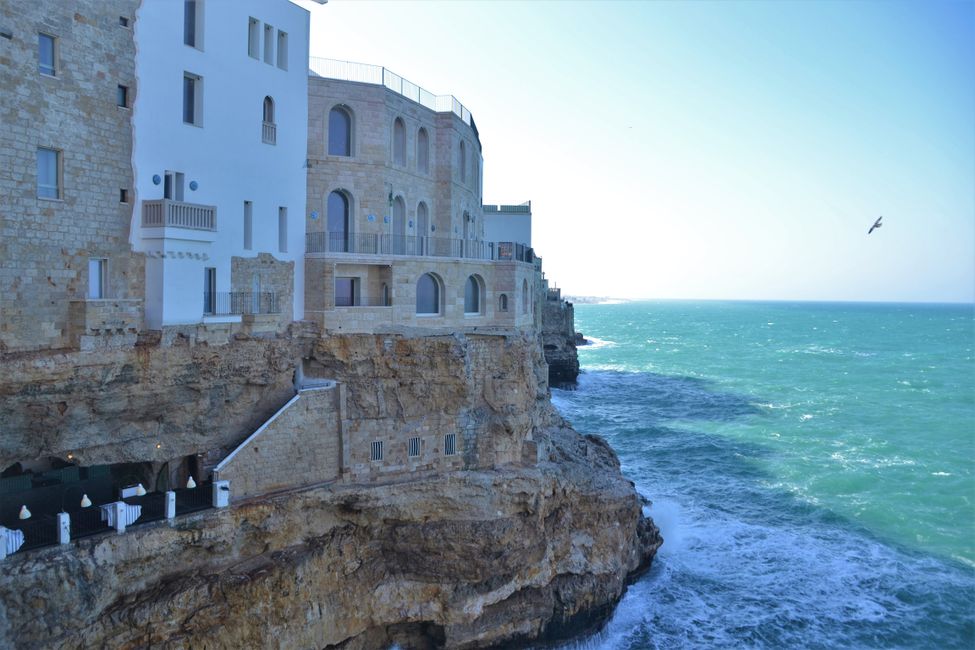
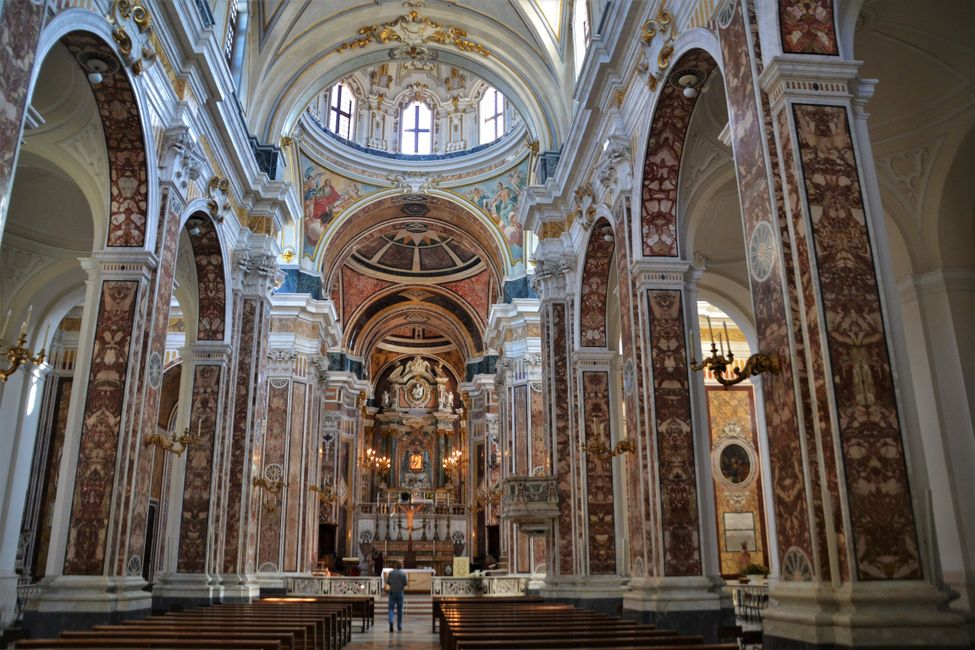
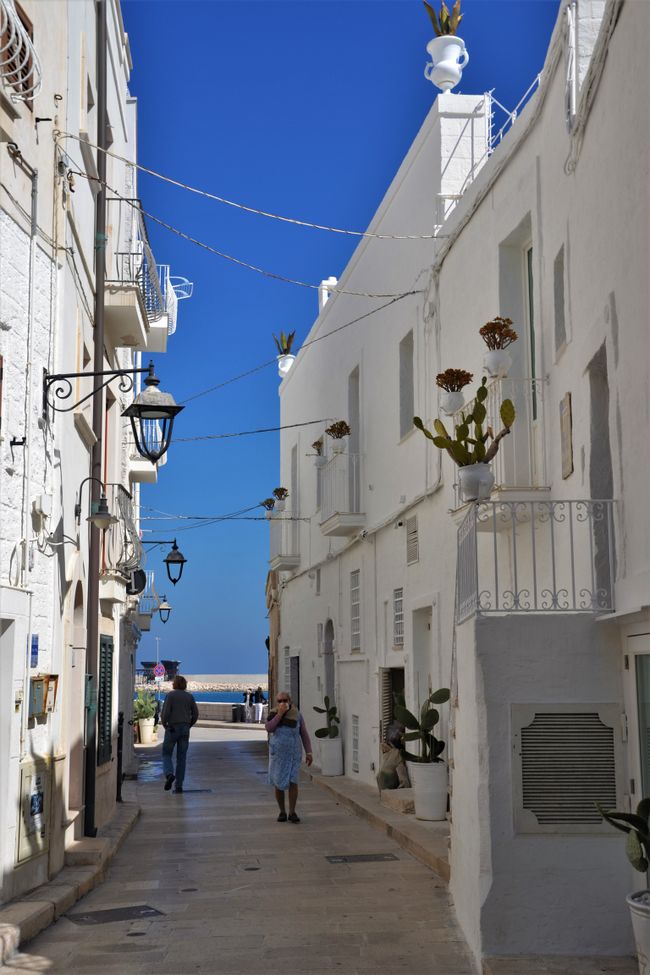
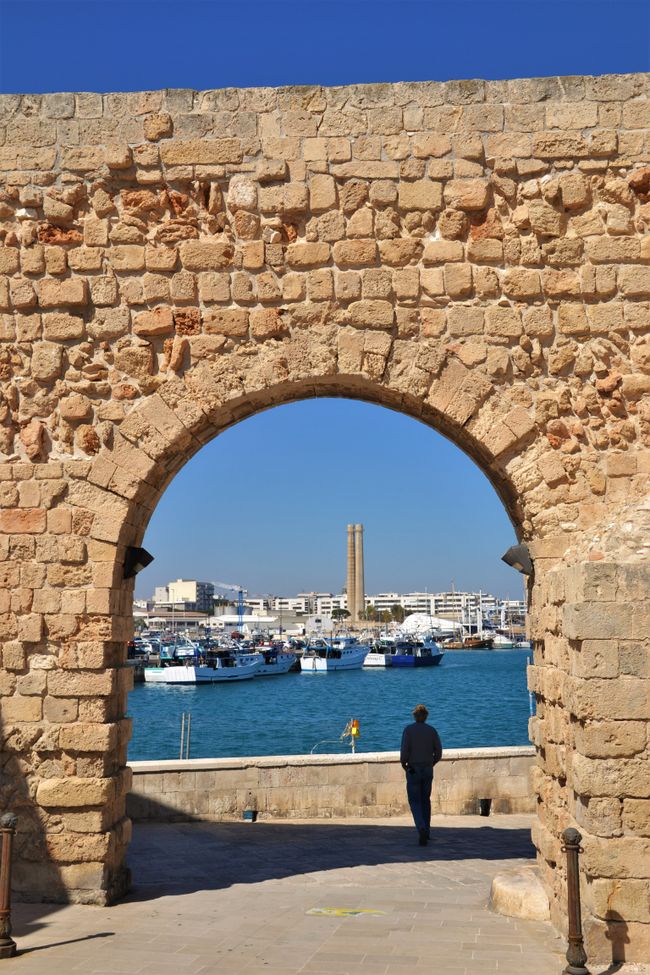
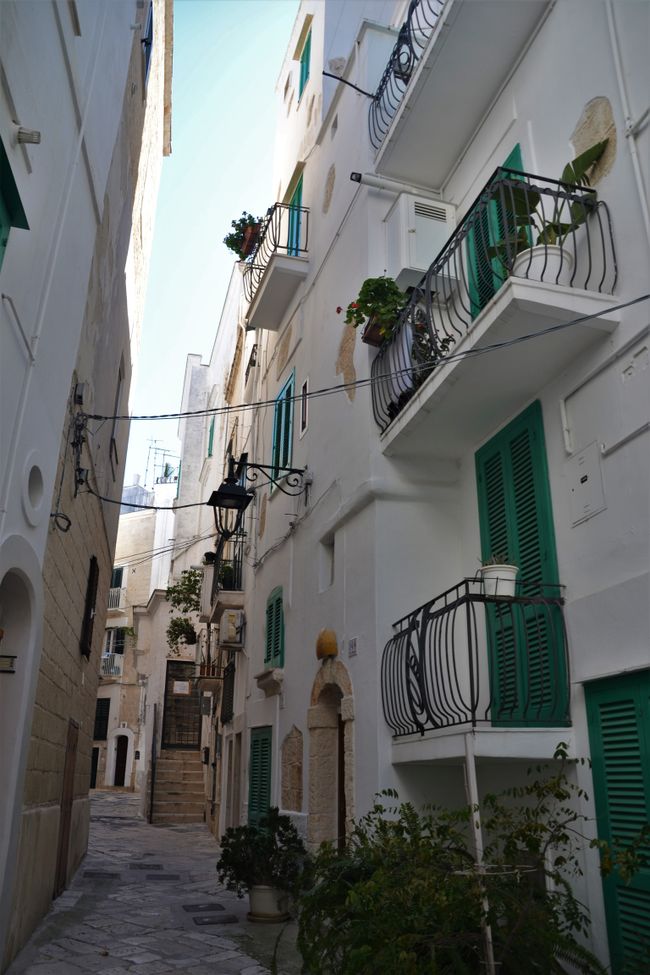
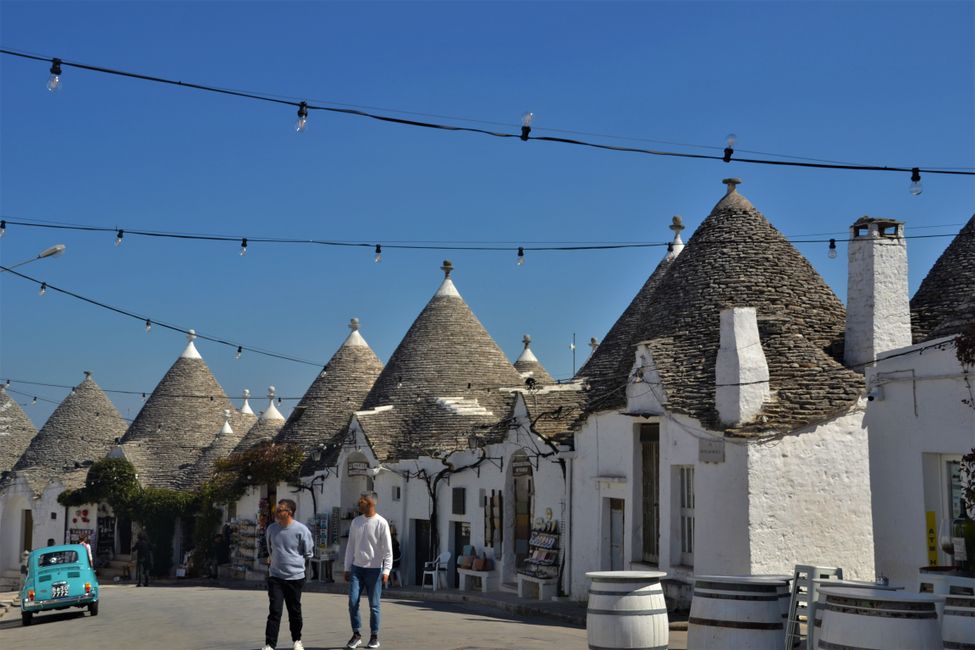
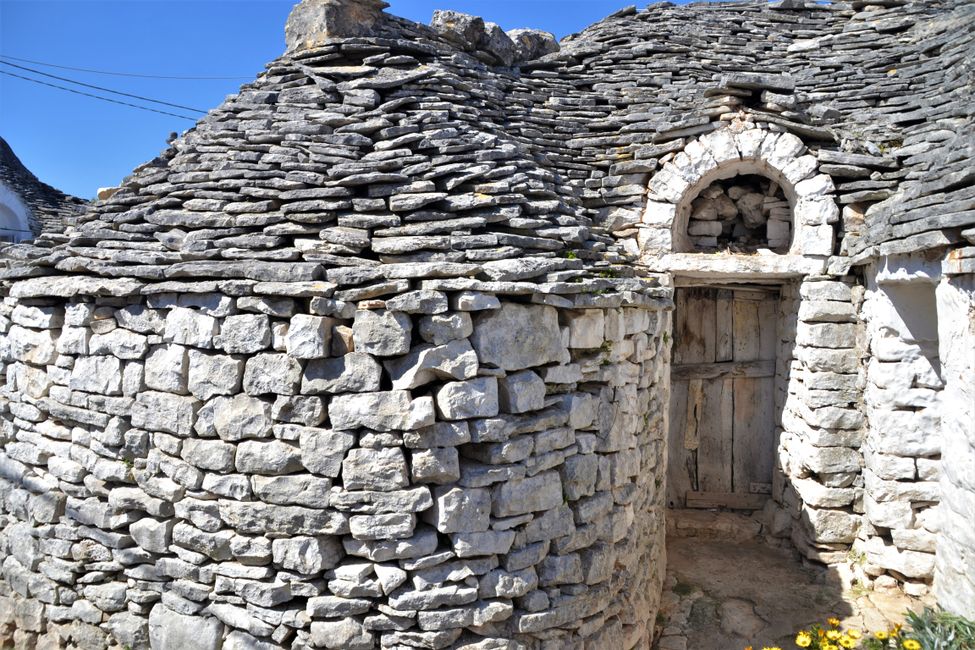
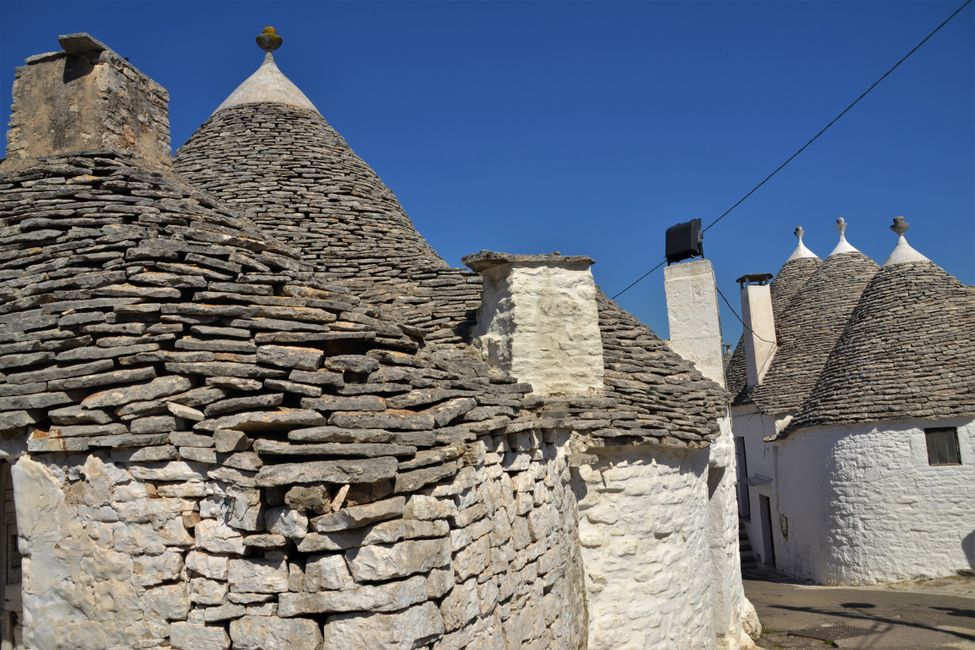
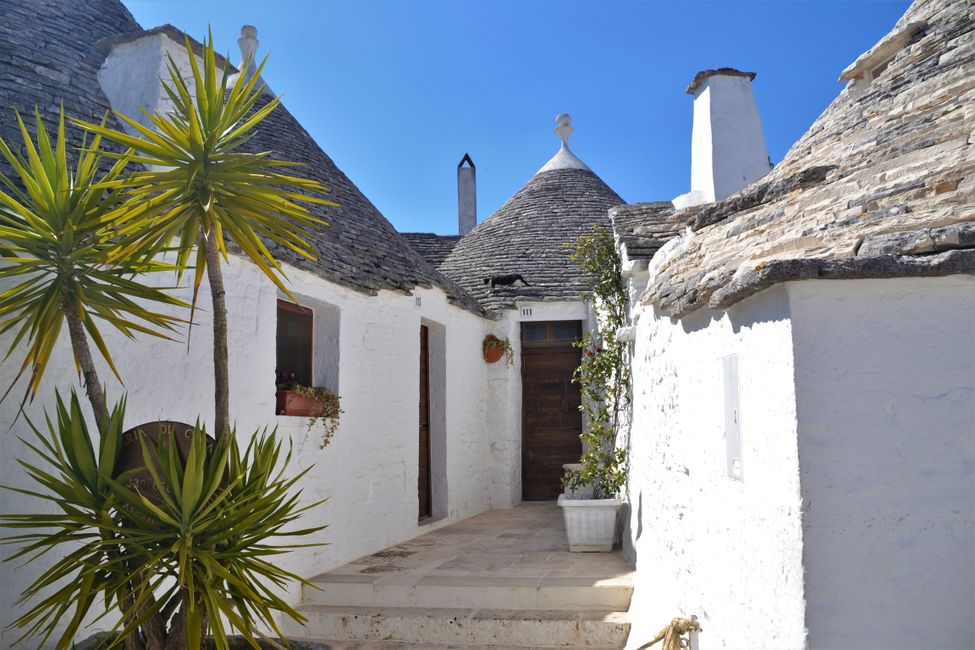
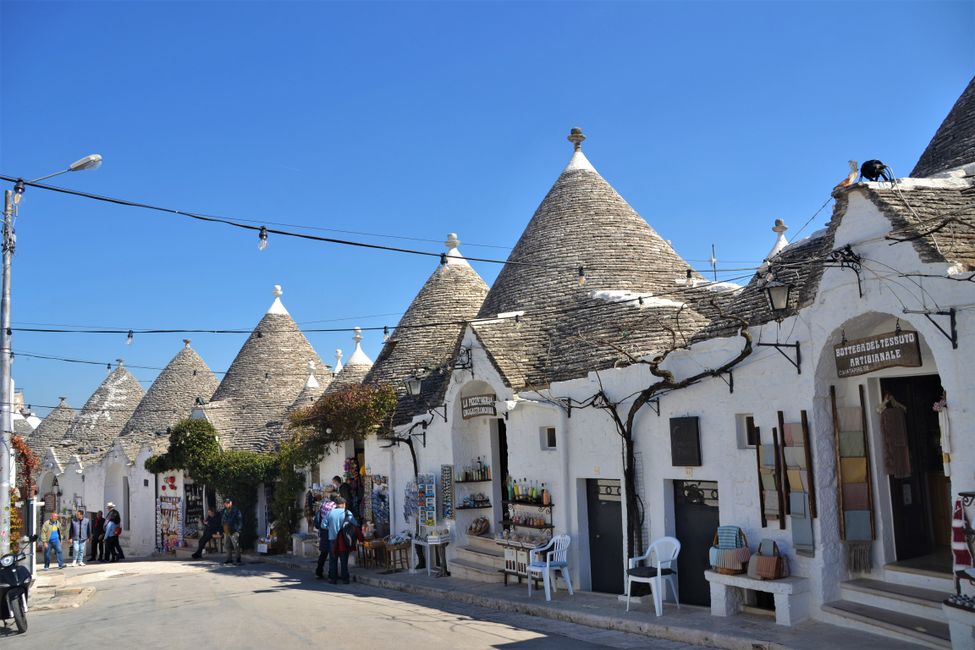
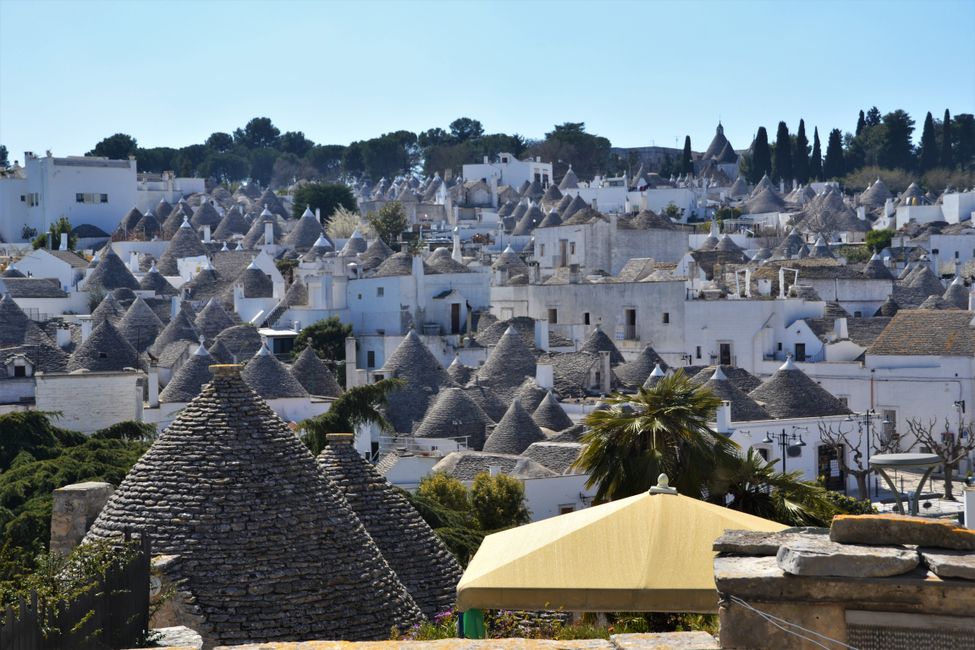
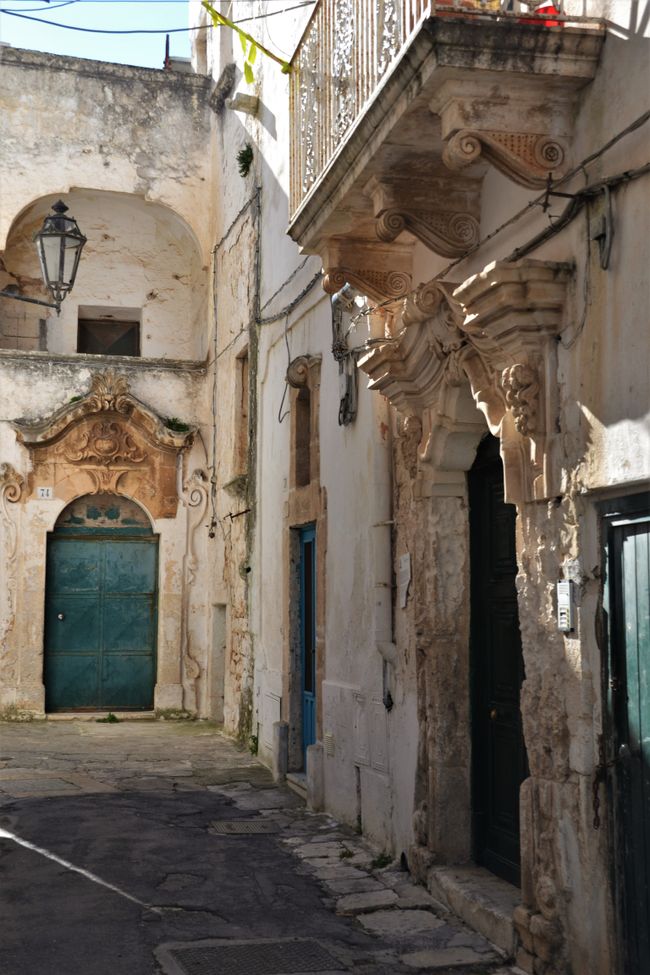
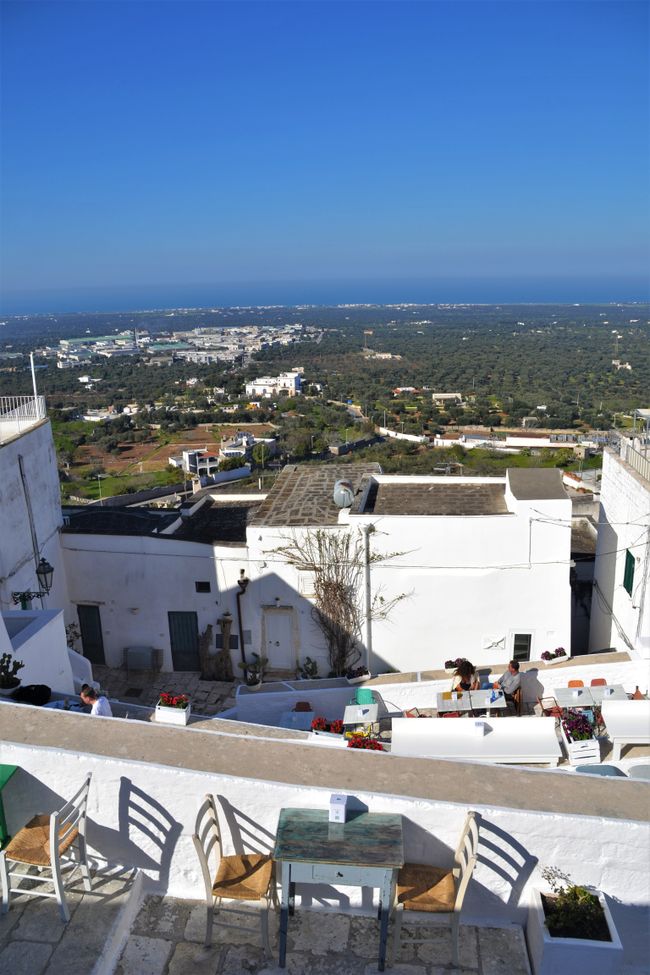
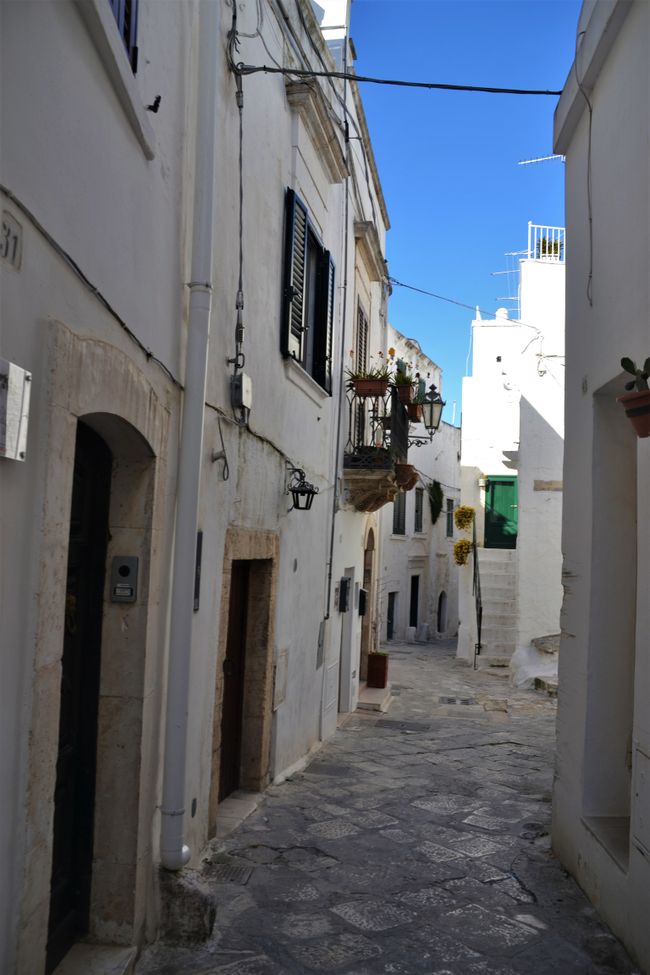
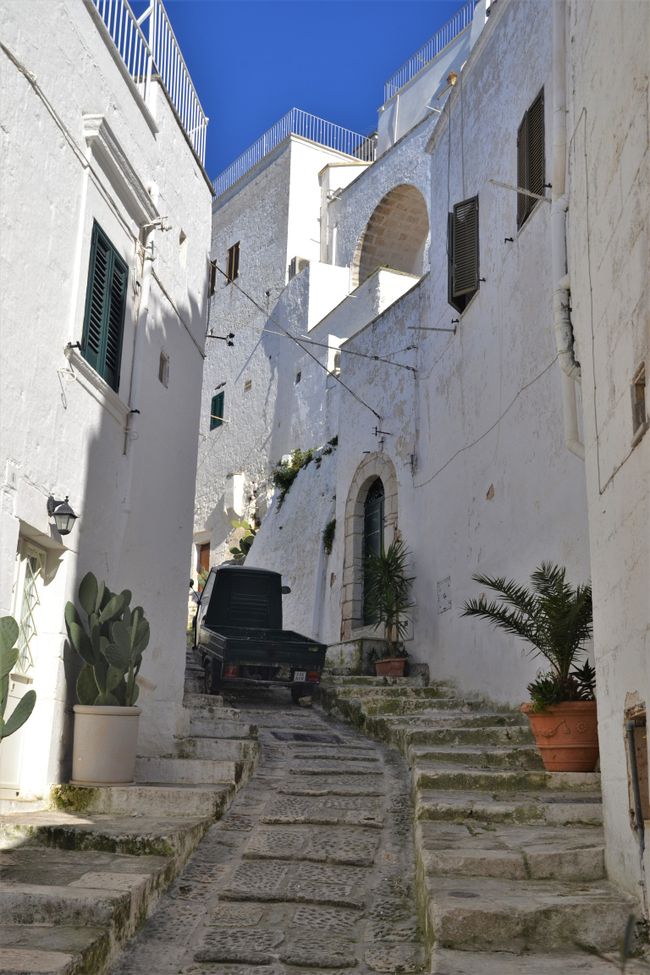
سەبسکرایبی هەواڵنامە بکەن
March 24th, 2022: Polignano, Monopoli, Alberobello, Ostuni
J. From Bari, we drove along the coast heading south. In Polignano, we made our first stop. Unlike Bari, Polignano is very touristy. Now, in the off-season, the streets with the many cafes, boutiques, and hotels, most of which were closed, seemed deserted. The beautiful old town with its winding streets is in stark contrast to the grid pattern streets of the newer part of Polignano that surround the old town. Both neighborhoods were interesting and worth seeing. The city is located directly on a cliff, so there were beautiful views of the waves and the sea, as well as the cliff and the houses built directly on the cliffs. Through the city runs a gorge along a dried-up river, over which two beautiful bridges lead.




Just south of Polignano lies Monopoli. Unlike Polignano, Monopoli is not touristy at all, even though it is right next door and equally beautiful. Unfortunately, we didn't find Parkstraße, Schlossallee, or any other street from the Monopoly game. But we also didn't know what they are called in Italian. However, we would assign most of the streets we walked in the beautiful Monopoli to the orange, red, or yellow streets, and some even to the dark green streets from the game. We didn't find light blue or brown ones. In Monopoli, we even withdrew money, but less than 400€. We didn't find the Go square, where you are supposed to walk to get 400€.




From Monopoli, we turned inland from the coast. Our next stop was Alberobello. Alberobello is famous for its Trulli, pointed stone houses. These houses were originally built without concrete or mortar so that they could be quickly dismantled in case the king came by to collect taxes. Nowadays, the straight walls on the ground floor were plastered white from the outside, and the whole house was plastered inside, so it is probably not as easy to dismantle anymore. But we also found some old, original Trulli that still looked like a pile of stones with windows. About a year ago, we saw a video on YouTube of other travelers who were in Alberobello. At that time, during the peak of the Corona pandemic, they were alone among the many stone houses and could film down the empty streets. Now, even in the off-season, the streets were full of tourists. In each Trullo on the main street, there was a souvenir shop, whose owners tried by all means to lure the tourists into their shops. They offered free tours of the Trulli from the inside and tastings of homemade liqueur or cookies, but if you didn't buy anything, they were very disappointed. But in the side streets, we even found some Trulli that were still inhabited and from which we could hear children playing and smell lunch being cooked.







Our last stop in Apulia was Ostuni, another inland city located on a hill. We hiked up the steep streets, passed through a city gate, and walked along winding streets around the mountain until we found the church at the very top. From above, we had a wide view of the surrounding countryside full of olive trees, the coast, and the sea.




Day 160 - Total tour 12,021 km
---- Subscribe ----
If you want to subscribe to our blog, you can either sign up with Vakantio and click on subscribe or send us a message and we will put you in our own mailing list. Of course, we also appreciate feedback!
Email: querfeld2@gmail.com
سەبسکرایبی هەواڵنامە بکەن
وەڵام
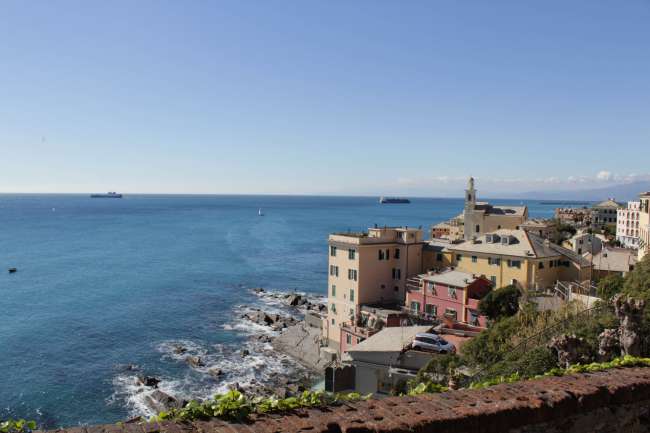
ڕاپۆرتی گەشتیاری ئیتاڵیا
